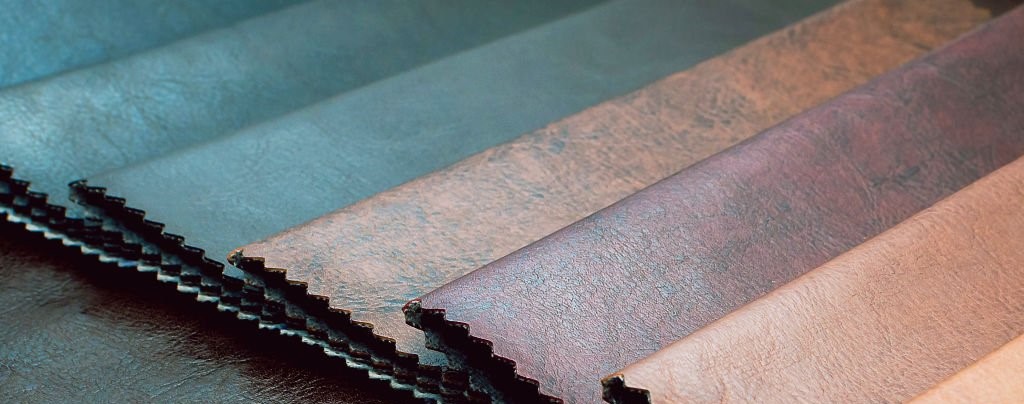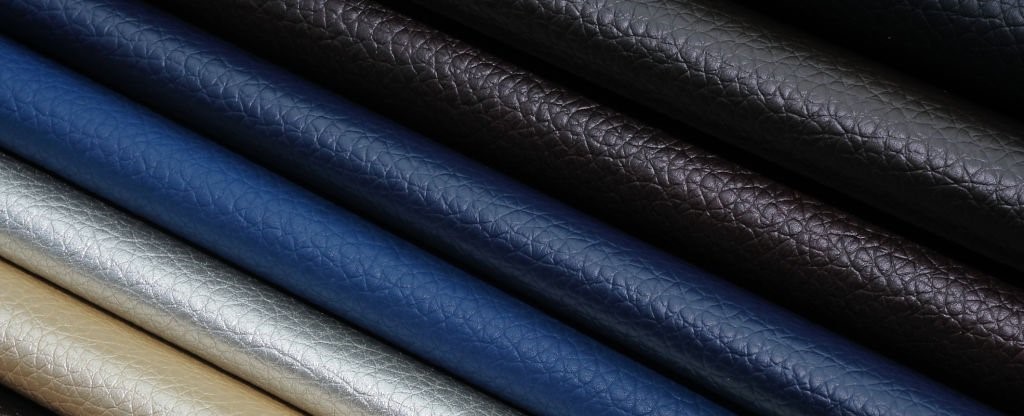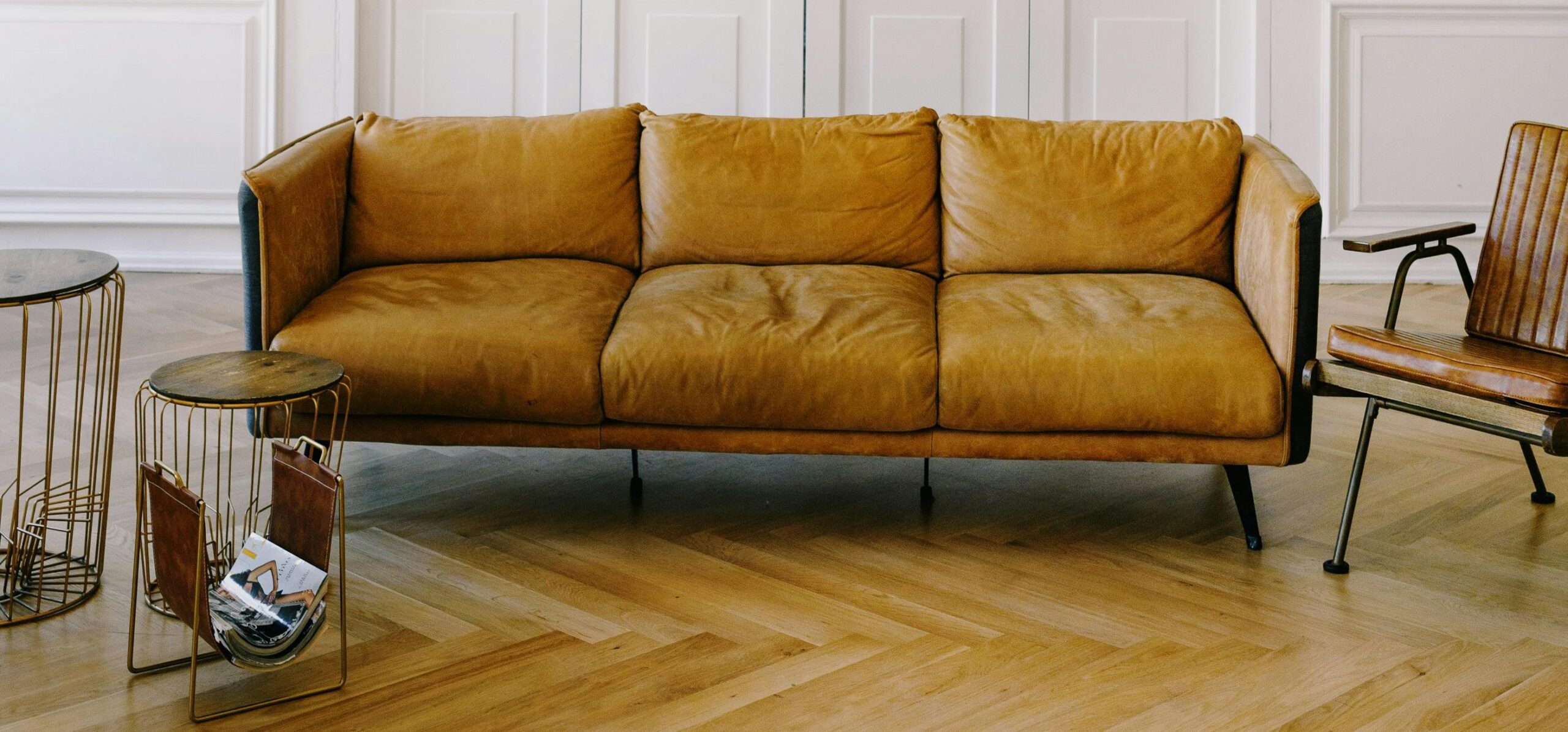
Blog
What is synthetic leather?

Synthetic leather, as a cost-effective and versatile alternative to natural leather, has applications in various industries. Despite some drawbacks, its positive features, including affordability and a wide range of options, have made it a popular choice. Understanding the characteristics and applications of synthetic leather can help producers and consumers make better decisions.
1. synthetic leather :
Synthetic leather, also known as vinyl leather or faux leather, is a man-made material designed to mimic the appearance and texture of natural leather. It is primarily made from polymers such as polyvinyl chloride (PVC) or polyurethane (PU). Synthetic leather has become a popular choice in the fashion, furniture, and automotive industries due to its affordability, wide variety of colors and textures, and the absence of animal products. Additionally, its water resistance and ease of cleaning make it an attractive option for consumers.
2. Synthetic leather based on appearance :
1. Glossy Synthetic Leather:
This type has a smooth and shiny surface that gives it a luxurious and modern look. Typically made from PVC, glossy synthetic leather is popular in the design of bags, shoes, and evening wear due to its reflective quality.
2. Matte Synthetic Leather:
Matte synthetic leather features a non-shiny and soft surface, providing a more natural feel. It is commonly used in everyday clothing, furniture, and accessories.
3. Textured Synthetic Leather:
This type has a patterned surface that resembles natural leather. Various textures, including smooth, rough, or embossed, can be used in the production of a wide range of products, from bags and shoes to furniture.
4. Nubuck Synthetic Leather:
Nubuck synthetic leather is made from the inner side of the material, giving it a soft and velvety appearance. Due to its delicate and attractive texture, it is often used in the production of special clothing and shoes.
5. Printed Synthetic Leather:
This type is typically produced using digital printing or embossing techniques, featuring diverse artistic patterns and designs. This characteristic makes it highly popular in creative and modern designs.
3. Synthetic leather based on strength :
Synthetic leather can be categorized based on durability into several types, each with its own specific features and applications. Below is an overview of these categories:
1. High-Durability Synthetic Leather:
This type is typically made from high-quality materials like polyurethane (PU). It offers high resistance to abrasion, tearing, and pressure, making it suitable for products such as athletic shoes, luggage, and furniture.
2. Medium-Durability Synthetic Leather:
This category includes leathers usually made from PVC, which have lower resistance than high-durability options. Nevertheless, this type is still appropriate for everyday use and is commonly used in the production of handbags, casual clothing, and accessories.
3. Low-Durability Synthetic Leather:
This type of synthetic leather is often designed for temporary or low-use applications. These leathers may be made from cheaper, lower-quality materials, making them more vulnerable to wear and tear. They are typically used in low-cost promotional products, such as disposable bags or temporary accessories.
4. Water-Resistant Synthetic Leather:
This type is designed to be resistant to water and moisture, making it ideal for outdoor products and waterproof bags. These leathers often have special coatings that prevent water penetration and perform well in various weather conditions.
5. Fire-Resistant Synthetic Leather:
This type of synthetic leather is manufactured with the addition of specific materials to provide high resistance to fire and heat. This characteristic makes it suitable for use in specific industries, such as automotive and construction.

4. The features of Synthetic leather :
Synthetic leather, as a popular alternative to natural leather, possesses unique features that make it attractive in various industries. Below are the main characteristics of synthetic leather:
1. Variety in Appearance and Texture:
Synthetic leather is produced in a wide range of colors, textures, and patterns, allowing designers to choose diverse options for their products. This variety enables consumers to find products that match their personal tastes.
2. Cost-Effectiveness:
One of the most notable features of synthetic leather is its lower cost compared to natural leather. This makes synthetic leather an economical option for both producers and consumers, especially for products that require large quantities.
3. Water Resistance:
Synthetic leather is generally more resistant to water and moisture than natural leather. This characteristic is particularly useful in products like bags and apparel, which can be easily cleaned and won’t be damaged by stains or humidity.
4. Easy Maintenance and Cleaning:
Synthetic leather is easy to clean and does not require special maintenance. This makes it a suitable option for those looking for durable and low-maintenance products.
5. No Animal Products Used:
Due to the absence of animal-derived materials, synthetic leather is a suitable choice for individuals seeking cruelty-free or environmentally friendly products. This feature makes it popular among consumers who value ethical considerations.
6. Resistance to Abrasion and Tearing:
Synthetic leather typically has good resistance to abrasion and tearing, especially those made from higher-quality materials. This characteristic contributes to the durability and longevity of synthetic leather products.
7. Breathability:
Although synthetic leather generally has lower breathability compared to natural leather, some types are designed with specific technologies to enhance breathability. This feature can improve comfort for consumers when using leather apparel and footwear.

5. Application of Synthetic leather :
1. Fashion Industry
Synthetic leather is recognized as a primary material in the fashion and apparel industry. It is used in the production of:
– Bags and Backpacks: Due to its resistance to wear and ease of cleaning, synthetic leather is ideal for everyday bags and school backpacks.
– Footwear: Many well-known brands utilize synthetic leather in their shoe production because it is lightweight, durable, and accessible.
– Clothing: Synthetic leather is employed in the production of various garments, especially jackets and skirts, allowing designers to create diverse and attractive styles.
2. Furniture
In the furniture industry, synthetic leather is applied for several reasons:
– Upholstery for Sofas and Chairs: It provides a luxurious and stylish look to furniture. Its ease of maintenance and resistance to stains and wear make it a suitable option for both home and office furnishings.
– Decorative Products: Synthetic leather is also used in the production of cushions, tablecloths, and other decorative items, enhancing the aesthetic appeal of interior decor.
3. Automotive Industry
In the automotive sector, synthetic leather is widely used due to its characteristics:
– Interior Upholstery: It is applied to cover seats, dashboards, and interior trims, giving vehicles a modern and stylish appearance.
– Abrasion Resistance: Its durability against wear and damage from daily use makes it practical for automotive applications.
4. Sports Equipment
Synthetic leather is utilized in the production of sports equipment for several reasons:
– Sports Balls: Many footballs and basketballs are made from synthetic leather, providing an attractive look and better performance.
– Athletic Shoes: It is also used in the manufacturing of athletic shoes, as it offers good abrasion resistance and is easy to clean.
5. Promotional Leather Goods
Synthetic leather is popular in the production of promotional items:
– Promotional Bags: Leather bags made from synthetic materials can be printed with logos and designs, making them appealing promotional gifts.
– Notebooks and Accessories: This type of leather is also used in producing notebooks and other accessories.
6. Apparel
In the clothing sector, synthetic leather is favored for:
– Jackets and Winter Wear: It is commonly used in producing leather jackets and winter clothing due to its thermal insulation properties.
– Fashion Clothing: Fashion designers use synthetic leather to create modern and stylish outfits, especially in street fashion.
7. Household Products
Synthetic leather is also utilized in home products:
– Curtains and Tablecloths: This material can be used as a covering for curtains and tablecloths, adding a stylish touch to home decor.
– Decorative Items: Synthetic leather is used in producing decorative items like decorative boxes and vases.
8. Medical and Dental Equipment
Due to its cleanliness and resistance to microbes, synthetic leather is used in medical equipment:
– Covers for Medical Chairs: It is used in the production of covers for medical and dental chairs, as it is easy to clean and can resist chemicals.

6.Advantages of Synthetic leather :
1. High Production Scalability:
Synthetic leather can be produced easily on a large scale, allowing manufacturers to quickly meet market demands. This feature is particularly important in large industries and mass production, helping to reduce lead times.
2. Reduced Dependence on Natural Resources:
Using synthetic leather helps decrease reliance on natural resources like animal hides. Given the environmental and ethical concerns related to animal-derived materials, synthetic leather is considered a more sustainable option.
3. Recyclability:
Some types of synthetic leather are designed to be recyclable. This feature helps minimize waste and the negative environmental impact, allowing manufacturers to reintegrate materials back into the production cycle.
4. Neutral Odor:
Synthetic leather typically has less odor compared to natural leather. This characteristic can be a significant advantage for products like furniture and clothing that come in close contact with the skin.
5. UV Resistance:
Certain types of synthetic leather exhibit high resistance to ultraviolet (UV) rays. This feature makes products made from this type of leather more resilient against fading and damage from sunlight.
6. Ease of Design and Sewing:
Due to its physical properties, synthetic leather is generally easier to cut and sew than natural leather. This capability allows designers to create more complex shapes and intricate patterns.
7. Hypoallergenic:
Synthetic leather is often a better option for individuals with sensitivities to natural materials. This feature can be important for producing clothing and leather goods that come into direct contact with the skin.
8. Temperature Regulation:
Some types of synthetic leather are designed with technologies that help regulate temperature. This feature can provide additional comfort when using leather clothing and footwear, especially in varying weather conditions.
9. Alignment with Modern Trends:
Synthetic leather can easily adapt to modern trends and innovative designs. This flexibility allows designers to create new and attractive styles that resonate with contemporary tastes.
10. Ability to Add Special Features:
Synthetic leather can be easily engineered to include special features such as water resistance, fire resistance, and antibacterial properties. These additional capabilities enable manufacturers to produce higher-performance and safer products.
7. The disadvantages of Synthetic leather :
1. Insufficient Breathability:
Synthetic leather generally has less breathability compared to natural leather. This characteristic can lead to a feeling of heat and sweating under clothing and shoes. In warm and humid conditions, this issue may result in discomfort and the development of unpleasant odors.
2. Lower Durability and Lifespan:
Synthetic leather typically has a shorter lifespan compared to natural leather. While natural leather becomes softer and more beautiful over time, synthetic leather may quickly suffer from wear, cracking, or color fading. This can lead to additional costs for replacement or repair.
3. Environmental Impact:
The production of synthetic leather usually involves the use of chemicals and industrial processes that can have negative effects on the environment. These chemicals may harm the soil and water during production and waste disposal.
4. Lack of Natural Beauty and Feel:
Natural leather has a unique texture and beauty that makes it special. While synthetic leather can appear similar to natural leather, it often has an artificial feel and look that may not appeal to some consumers.
5. Chemical Odor:
Some types of synthetic leather can have a chemical smell that may be unpleasant for consumers. This odor typically decreases over time, but it can create an undesirable experience initially.
6. Limited Repairability :
If synthetic leather is damaged, repairing it is not as straightforward as with natural leather. In many cases, minor damage may require the replacement of the entire product, which can incur additional costs.
7. Artificial Feel and Appearance:
Synthetic leather often lacks the tactile and aesthetic qualities of natural leather. Some consumers may be dissatisfied with the absence of the natural feel and softness of genuine leather, which can influence their product choices.
8. Variable Pricing;
While synthetic leather is usually cheaper than natural leather, high-end synthetic leather with special features or unique designs may be priced similarly to natural leather. This can create confusion for consumers and make selection more difficult.
9. Color and Quality Changes;
Synthetic leather may change color over time, especially if exposed to direct sunlight. This color change can reduce the visual appeal of the product.
Conclusion
In summary, the choice of synthetic leather depends on the individual needs, preferences, and values of consumers. For those seeking an economical and versatile option, synthetic leather can be a suitable choice. However, for individuals who prioritize quality, durability, and a natural feel, natural leather may be a better option. Therefore, when choosing between these two types of leather, paying attention to personal needs and expectations is crucial.

